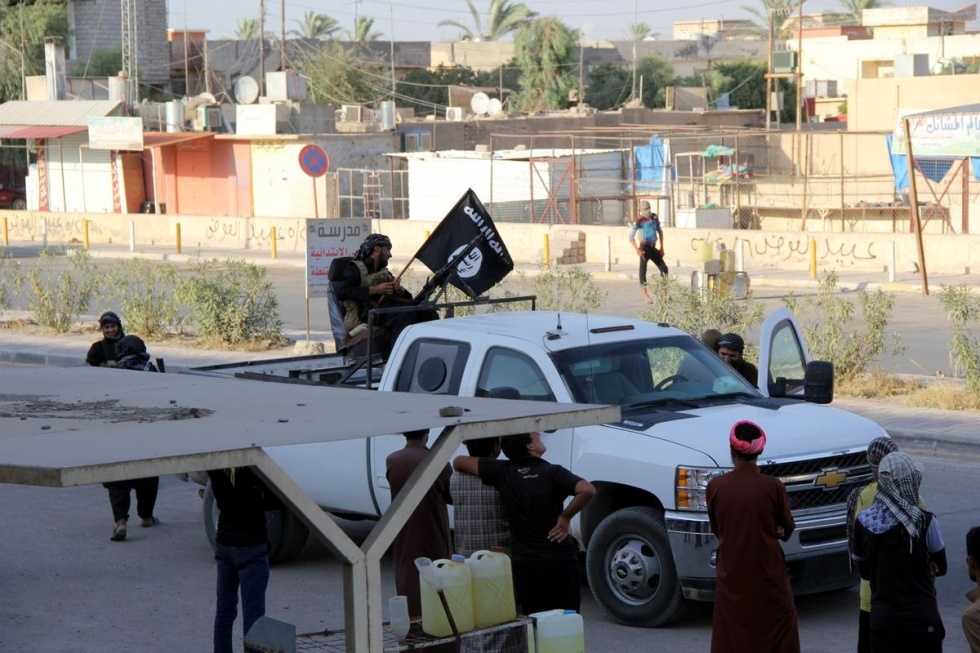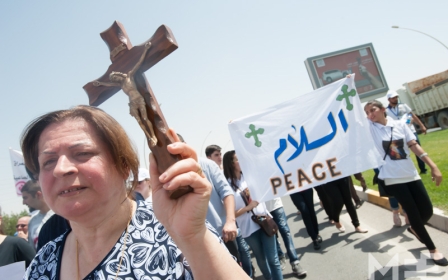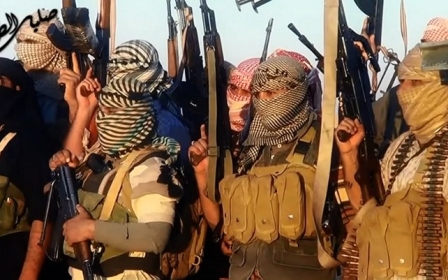Bomb blasts kill 10 in Iraq with death toll at 1,600 in July alone

As government figures were released on Friday, stating that more than 1,600 people were killed in acts of violence in July alone, at least 10 people were killed and 29 wounded on Friday in bomb blasts that struck two districts of Baghdad, police and hospital sources said.
The deadliest was a car bomb in the northern Shiite neighbourhood of Sadr City, which has been frequently targeted and where security is usually heightened ahead of Friday prayers.
At least seven people were killed and 21 wounded in the explosion that rocked one of the large neighbourhood's main streets, a police colonel and hospital sources said.
Three roadside bombs also went off almost simultaneously near a Shiite mosque close to the central Kholani square, killing three people and wounding eight, two police officers said.
The government figures tallying the victims of Iraq’s violence last month excluded militants and were mostly civilians.
Figures compiled by the health, interior and defence ministries showed that 1,401 civilians, 185 soldiers and 83 policemen were killed in July.
The toll marked a slight drop from a seven-year high recorded in June, when the Islamic State militant group launched a sweeping offensive that triggered Iraq's worst crisis in years.
The latest tally also shows that a total of 2,104 people were wounded, including 246 soldiers and 153 policemen.
The United Nations representation in Iraq provided a higher figure, saying at least 1,737 people were killed in July.
"I am concerned about the rising number of casualties in Iraq, particularly among the civilian population. Children and women are most vulnerable," top UN envoy Nickolay Mladenov said.
Iraq's scattered, moving frontlines and myriad fighting groups make independent verifications of casualty figures very difficult.
The government's civilian tally includes an unknown number of volunteers who enlisted with government-backed Shiite militia.
The Islamic State does not divulge casualty figures.
Middle East Eye propose une couverture et une analyse indépendantes et incomparables du Moyen-Orient, de l’Afrique du Nord et d’autres régions du monde. Pour en savoir plus sur la reprise de ce contenu et les frais qui s’appliquent, veuillez remplir ce formulaire [en anglais]. Pour en savoir plus sur MEE, cliquez ici [en anglais].




